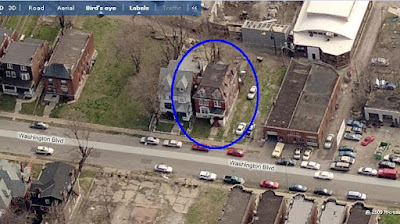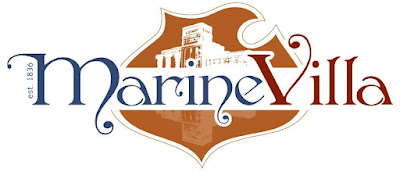I was just thinking the other day of the various impediments St. Louis faces when it comes to civic connectedness. There are physical and psycho-physical barriers, like wantonly destructive interstates and their autocentric interchanges, lost corner anchors at major intersections, overly large roads, street barriers, invisible barriers (north of Delmar, the "State Streets", etc.), and others. Many community networks were torn up during the modern era in St. Louis, and they either dispersed or never recovered.
Then there are cultural-historical impediments, too, like racism, classism, parochialism, etc.
The internet provides many of us today (true, though--not us all) with an opportunity to connect in a low-stress environment. There's an added bonus (sometimes a liability) of
anonymity. We can't immediately typecast the blogger based on his or her skin color, sexual preference, etc., because these are not immediately obvious. Not even gender is known, sometimes (my apparently sexist mind assumed Toby of
B.E.L.T. was male until
much too recently considering how long I've perused that blog!).
This led me to an
idea. We have already seen activism arise over various St. Louis bloggers' laborious work and advocacy. Steve Patterson's
Urban Review has us all squinting at developers' renderings, critiquing a lack of pedestrian-friendliness and a sufficient contextual level of urbanism. Michael Allen's
Ecology of Absence has introduced many St. Louisans to the notion that the blueprints for progress lie in retaining connections to our storied past.
But even these blogs are limited to an audience that returns to them for, on some levels, "entertainment", if not education. All blogs with a particular vision must limit themselves to their arena of coverage that is self-assigned.
This got me wondering if St. Louis needs a
"Civic Action Network"--the
St. Louis CAN.
This would be a website, with a forum, blog, blog roll, and host of links that connected people to various events going on in St. Louis. The purpose would be to highlight those that connect St. Louisans to the wider city and to their constituent neighborhood as well. This would include (in no particular order):
-neighborhood meetings
-happy hours
-parades
-protests and other civic activity (such as the newly formed City Affair group's meetings)
-house and garden tours
-real estate open houses
-new neighborhood business openings
-movies in the park, movie screenings, etc.
-farmers' markets
-speaker series and other academic events
-political forums and other discussions of politics (think, for example, the Royale's events)
-art markets
-community yard sales
-and on, and on...
Such a website could be a "one-stop" shop for events going on in St. Louis, with an eye to those that build "social capital" and enhance civic connectivity.
What do you think?






































